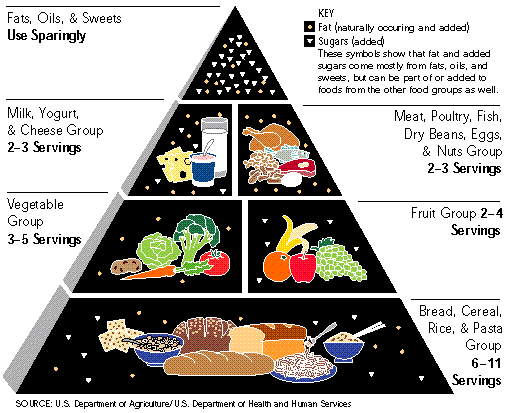As Kwanzaa approaches, African cuisine deserves some kudos on the cuisine scene. African food is a rich melange of dishes,
with regional takes on seasonings and preparation methods. Traditional foods combined in exotic ways reflect both native and
foreign influences, accumulated and integrated over hundreds of years. If you haven't explored the world of African cuisine,
you're in for a treat. A taste of this regionally diverse and rich cuisine may be just around the corner, in a family restaurant near you. If you're not so lucky, there are a number of fabulous cookbooks available.
The staples of African food consist in the majority of tubers, starches and vegetables. Cassava, yams, okra, greens, tropical
fruits such as coconuts and bananas, corn, rice, millet, peanuts, sorghum and barley are mainstays of the diet, depending on
the region. Meat is used sparingly in some areas, but seasonings weigh heavily in imparting the distinctive exotic tastes
found throughout Africa. Mixtures of hot spices permeate traditional African food.
Foreign influences introduced the peanut, pepper, tomato, pineapple and cayenne pepper to local dishes. The Portuguese
introduced the domesticated pig, now an integral part of East African cuisine. French, British and Indian colonizers
nonetheless had a positive effect on traditional African food, bringing curry, chappatis, relishes and spicy lentil soups to
the African table.
To Ethiopia, in Eastern coastal Africa, the Arabs brought a number of spices, including cloves, cinnamon and saffron, used in
steamed rice combined with meat, vegetable, tuber, milk and honey dishes, enhancing the already rich and abundant
combinations. Pomegranate juice is an important ingredient in coastal Swahili dishes.
Western African foods reflect the heavy use of fish and meat, as these foods are plentiful in the region and are characteristically hot and spicy. Stews are highly favored, and pack a punch, especially for the Western palate.
The French influence is clear on the western coasts of Africa. Chiles, ginger and hot cayenne marinades are artfully combined
with local vegetables, peanut, palm and coconut oils, garlic and sharp marinades, making a definite food statement.
African food cannot be quantified in a word. Africa, the second largest continent, should not be discounted or dismissed for
lack of diversity. African food is as diverse as the continent, with an
array of imaginative and regionally unique dishes to tempt your palate.
Take a look on the net, or go to your local bookstore. The flavors of African food beckons. If you know someone who celebrates Kwanzaa, ask them about the rich heritage of African food. Bring your taste buds to the table, and enjoy!

 The Simplest Way To Lessen Your High Cholesterol By Natural Means
High-cholesterol is a major variable inside the countrywide
The Simplest Way To Lessen Your High Cholesterol By Natural Means
High-cholesterol is a major variable inside the countrywide
 Starting Up An Aquaponics Set Up From See The Easy Way
Planting seeds in your aquaponics system can be a lot simpl
Starting Up An Aquaponics Set Up From See The Easy Way
Planting seeds in your aquaponics system can be a lot simpl
 Introduction To Of Some Lower Cholesterol Foodstuffs
Cholesterol is a fat-like element contained in the physique
Introduction To Of Some Lower Cholesterol Foodstuffs
Cholesterol is a fat-like element contained in the physique